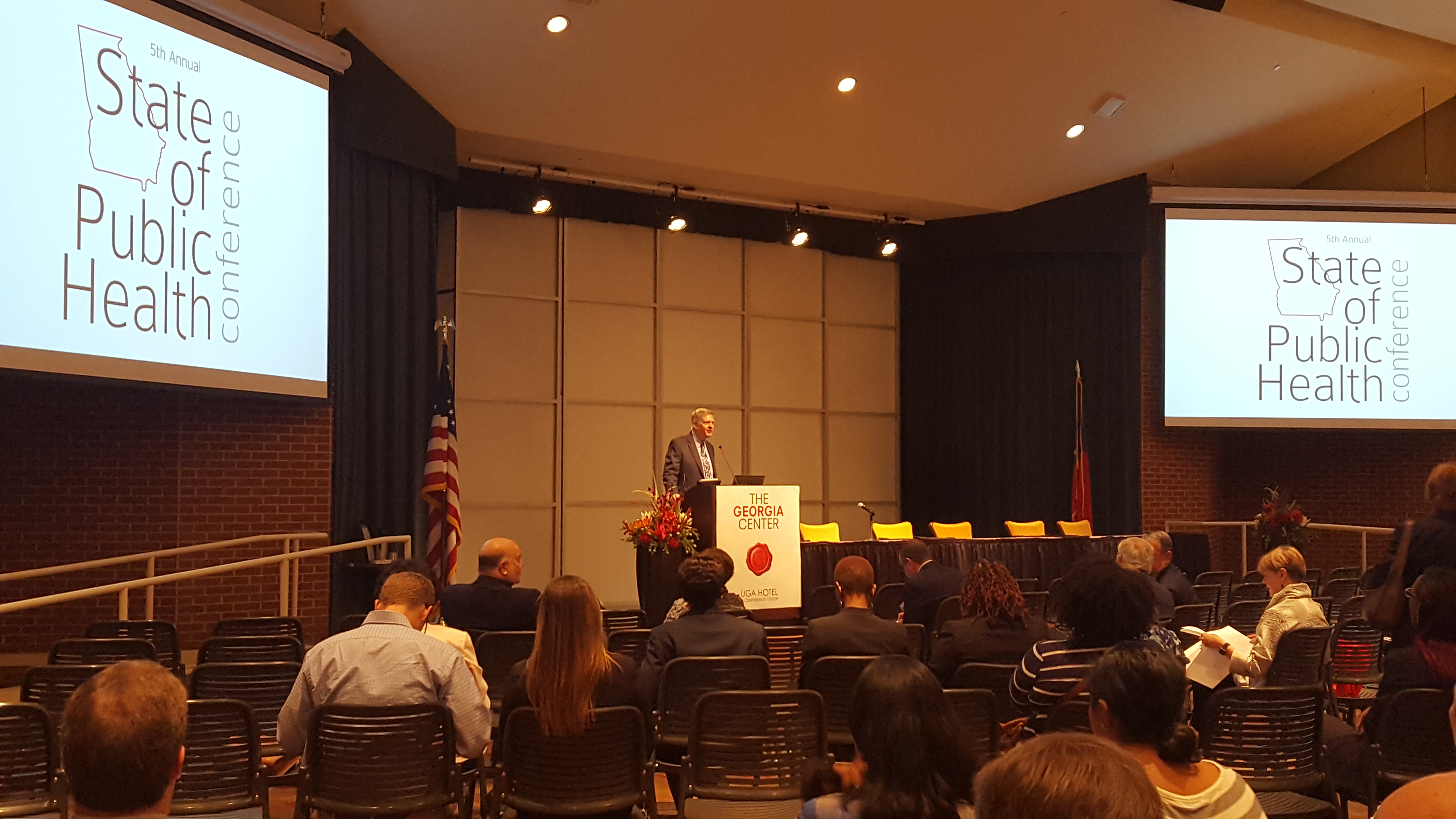
Hurricane-force winds and the tornadoes the storm spawned also demolished homes and businesses, sending vehicles and structures flying through the air, turning hazardous debris into projectiles. Excessive rainfall and coastal storm surge flooded over 150,000 homes as well as thousands more businesses in the Houston metro area during Harvey. A report recently published by the Baker Institute at Rice University indicates that the city's devastation by Hurricane Harvey in 2017 may well surpass that of 2005's Hurricane Katrina.

Breast and prostate cancer are among the most frequently diagnosed cancers in the county, but lung cancer remains the leading killer of both men and women. Less than 30 percent of older residents are receiving the preventive care needed to ensure their continued health, and 71 percent of county residents are overweight or obese, a condition that can lead to a host of life-threatening health issues.Ĭhronic disease is the leading cause of mortality in Harris County, and heart disease, cancer and stroke are responsible for almost 60 percent of deaths. Only 68 percent of adults in the county are getting routine checkups each year, and fewer pregnant women are getting adequate prenatal care than in other Texas cities. While hospitalization rates are lower than average, a number of residents are not getting the primary care they need. Public health challenges continue to grow with the population, but data for Harris County, which encompasses the city of Houston, reveals a great deal about the types of issues citizens are facing. The Houston metro area is home to approximately 6,892,427 people and it is still growing, with over 94,000 new residents in 2017.

The city's health systems, health officials and front-line public health workers are some of its most important unsung heroes for the ongoing work they do to support citizens of this bustling city and its expansive metropolitan area. It's a place as unique as its geographic footprint, but Houston also faces significant public health challenges, sometimes due to its location and weather. The Space City is the fourth largest in the nation, with a metro area that covers nine counties and over 9,000 square miles, stretching from the sandy shores of the Gulf Coast to the piney woods of Southeast Texas. Houston is one of the most diverse and dynamic cities in America.


 0 kommentar(er)
0 kommentar(er)
